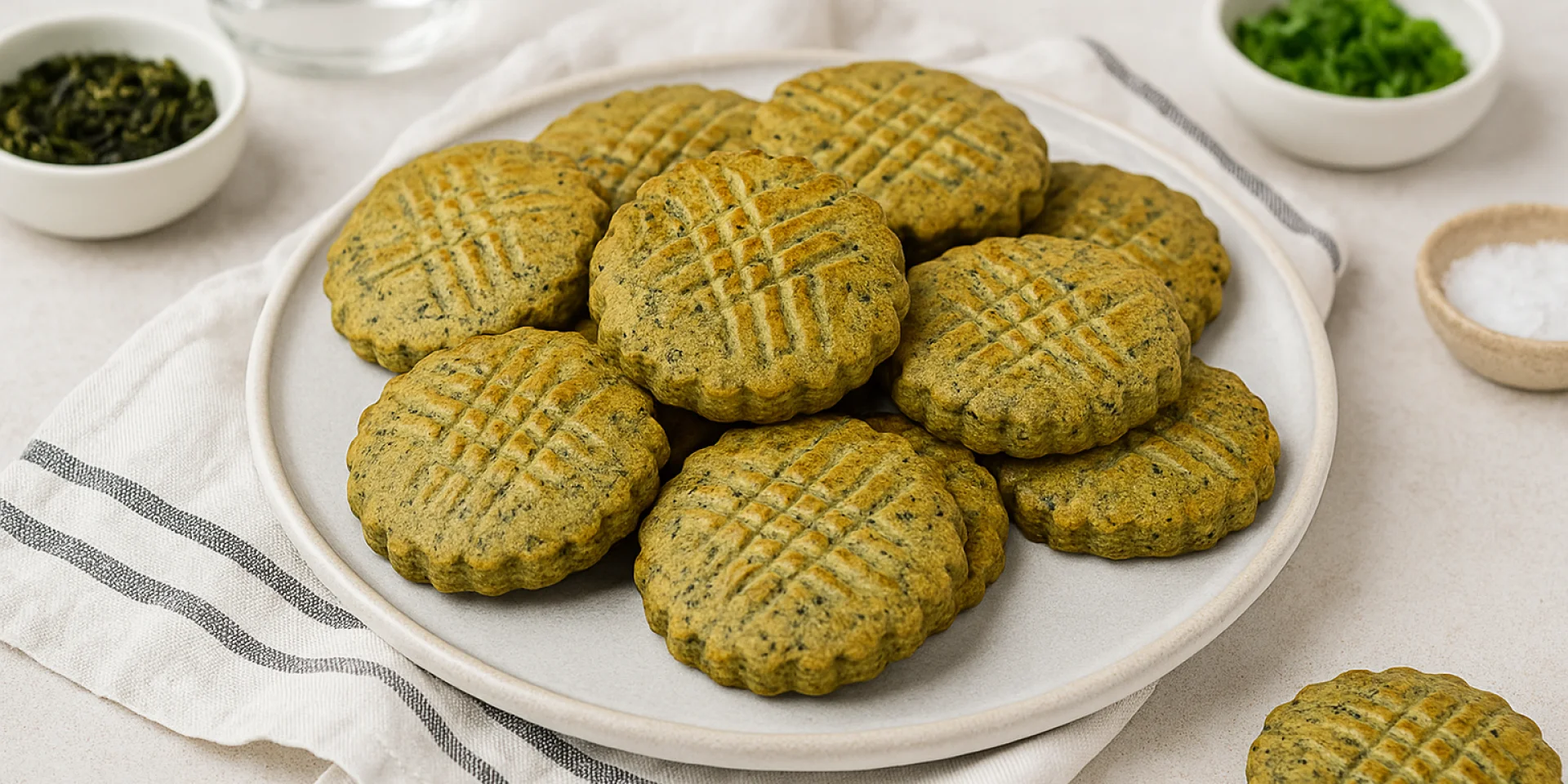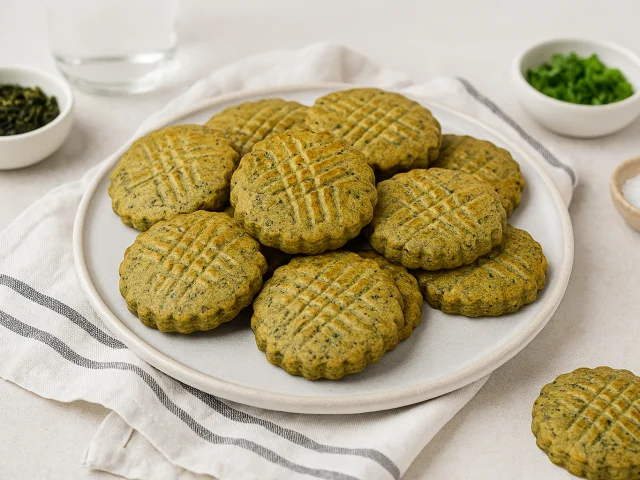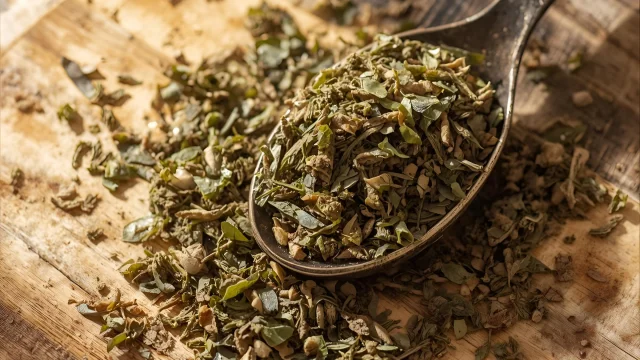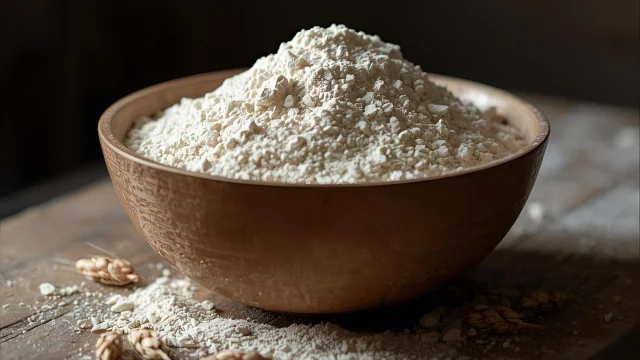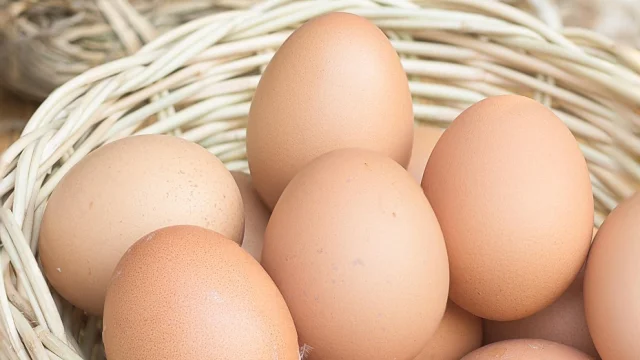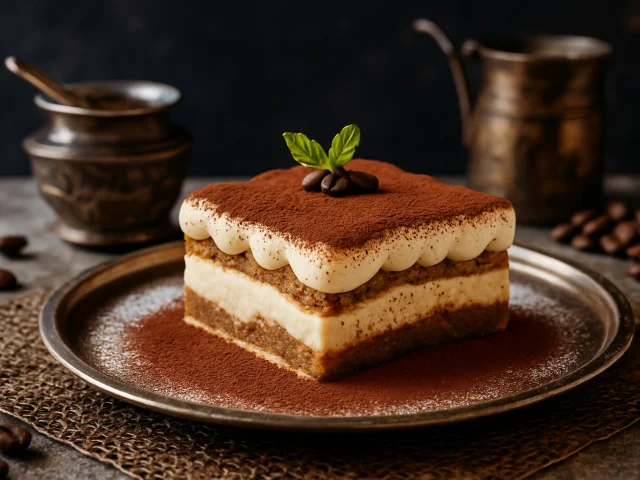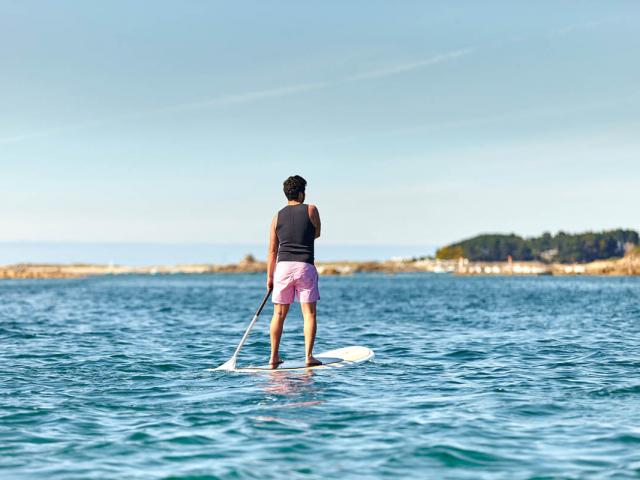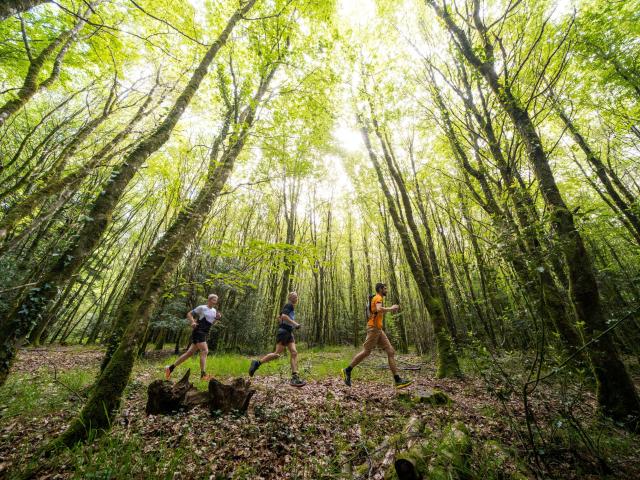Ingredients
Serves 6 :
- 125g semi-salted butter
- 1 egg yolk
- 250g wheat flour
- 1 pinch of salt
- 2 tablespoons seaweed flakes
- water
Recipe
Preparation time: 15 min – Cooking time: 15 min
1. Turn the oven on to 180°C
2. Place the flour, butter, egg yolk, salt, seaweed and a few tablespoons of water in a bowl.
3. Mix until smooth. Add more water if necessary.
4. Filter and chill for 2 to 3 hours.
5. Roll out the pastry to 1/2 cm, shape into 5cm discs and place on a baking tray. Bake in the oven for 15 minutes.
Enjoy!
